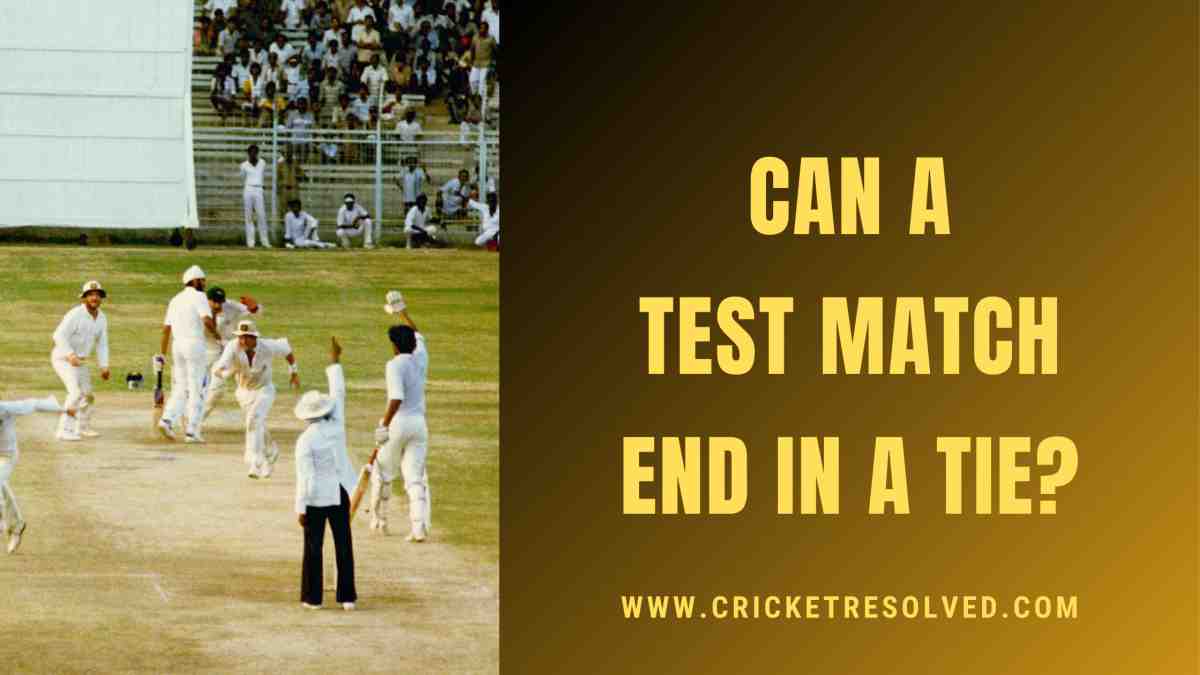
With the exponential growth of T20 cricket, we have seen some thrilling matches go down the wire. On some occasions, some matches even end up in a tie, which further shoots the thrill through the roof.
But have you ever wondered about a Test match resulting in a tie? Now you must be thinking about how a Test match, which lasts for 5 days, can be tied.
Believe it or not, a Test match can result in a TIE! And so far, the cricketing world has witnessed 2 tied matches.
But what are the reasons behind a Test finishing in a tie?
Reasons Behind a Tied Test Match
For starters, a Test match can either produce 4 results — a win, a loss, a draw, or a tie. However, a match witnessing any of the first 3 results has a high chance; in contrast, a tie can happen on rare occasions.
Now, a tie simply means both team’s scores are equal. But just levelling the score doesn’t mean the match will result in a tie.
For the Test match to conclude in a tie, all 4 innings of the match must be completed. An innings is completed when the bowling team picks up all 10 wickets of the batting team.
So, if the bowling team dismisses the team batting second in the 4th innings when the scores are equal, then the match is considered complete, resulting in a tie. However, if the bowling team fails to bowl out the batting team, then the match ends in a draw.
What Happens if a Test Match is Tied?
Well, if a Test match concludes in a tie, then there’s no winner or loser, similar to a drawn Test. And there are no super overs, like in limited overs games.
Tied Test Matches in History
As mentioned earlier, there are only 2 matches that have resulted in a tie. And Australia has been part of both matches.
The first match involves Australia and the West Indies, dating back to December 1960. The Windies set a target of 233 for the home side to chase in the 4th innings. In response, Australia were reduced to 232/9 and in an attempt to take the winning run, Ian Meckiff was run out by the Windies fielders.
Speaking of the second match, it unfolded in India in 1986. Visitors Australia set a huge target of 348 for India to chase on the final day of the match. India was on the brink of a win with 1 wicket in hand, however, Greg Matthews trapped Maninder Singh LBW on 347.









1 thought on “Can a Test Match End in a Tie?”